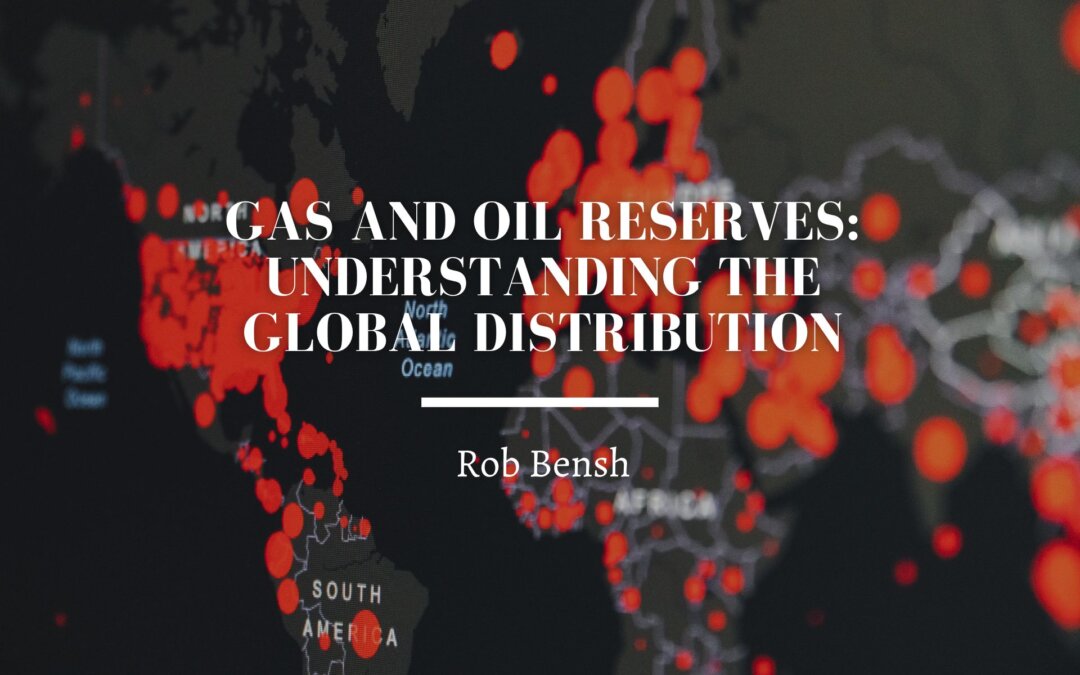Gas and oil reserves play a vital role in meeting the world’s energy demands. Understanding their global distribution is crucial for energy planning, economic development, and environmental considerations. In this blog post, we will explore the basics of gas and oil reserves and delve into their distribution around the world.
Gas and oil reserves are natural resources formed over millions of years from the remains of ancient plants and marine organisms. They are found in underground rock formations called reservoirs. These reservoirs can be categorized into conventional and unconventional reserves. Conventional reserves are relatively easier to extract, while unconventional reserves require advanced extraction techniques.
The global distribution of gas and oil reserves is highly uneven. Several factors influence their geographical concentration. One crucial factor is geological history. Regions with favorable geological conditions, such as sedimentary basins, have a higher likelihood of containing reserves. The Middle East, for instance, is renowned for its vast oil reserves, thanks to its favorable geological history.
The Middle East, particularly countries like Saudi Arabia, Iraq, and Iran, possess a significant share of the world’s oil reserves. These nations have played a pivotal role in global oil markets for decades. Additionally, Venezuela, Russia, and Canada also boast substantial oil reserves.
When it comes to natural gas, Russia tops the list of countries with significant reserves. Other countries like Iran, Qatar, and the United States also have substantial gas reserves. Shale gas reserves in the United States, extracted through hydraulic fracturing, have revolutionized the energy landscape in recent years.
While some regions are blessed with abundant reserves, others struggle to meet their energy demands. Many African nations, for example, have limited gas and oil reserves. However, recent discoveries in countries like Mozambique and Tanzania offer hope for increased energy independence and economic growth in the region.
It is worth noting that gas and oil reserves are not static. New reserves are discovered through exploration activities, and technological advancements allow the extraction of previously inaccessible reserves. Offshore drilling, deepwater exploration, and enhanced oil recovery techniques have expanded the potential for discovering and extracting hydrocarbon reserves.
The distribution of gas and oil reserves has significant geopolitical and economic implications. Countries rich in reserves often become major players in the global energy market, exerting influence on international politics. Moreover, the dependence on fossil fuels raises concerns about sustainability and climate change.
As the world looks towards a more sustainable energy future, diversifying energy sources and investing in renewable alternatives is crucial. Transitioning to cleaner energy options reduces reliance on finite resources and helps mitigate environmental impacts associated with gas and oil extraction and combustion.
